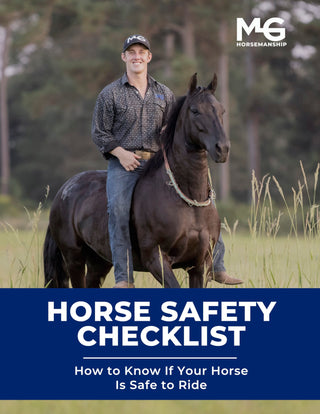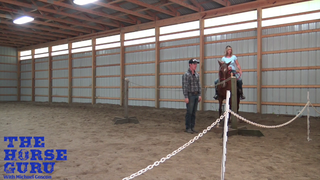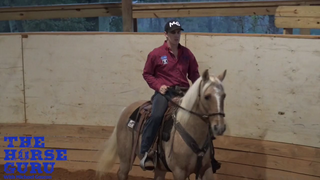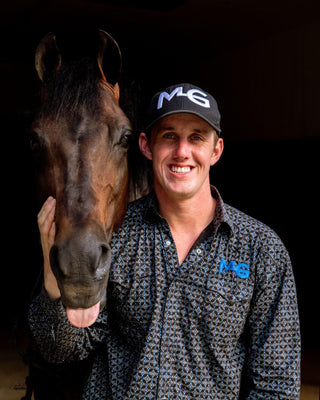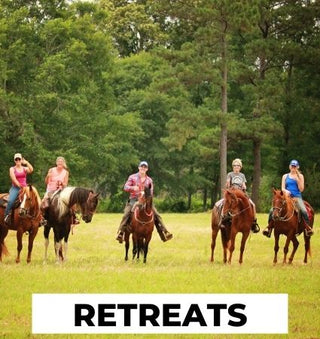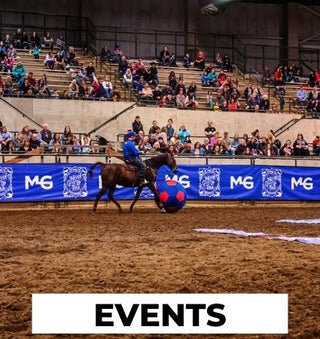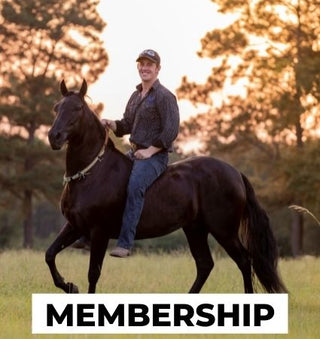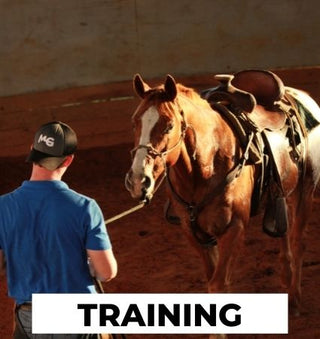Watch the Video Here or continue reading below!
If you're new to the world of garrocha riding, you're in for a treat. In this first part of our series, Michael Gascon—The Horse Guru—breaks down how to prepare your horse for working with a garrocha stick by starting with a simple, lightweight alternative: a tarp.
Whether you're dealing with a spooky horse, a green colt, or a seasoned show partner, the goal is the same: build softness, confidence, and control before ever picking up the actual pole.
What Is the Garrocha Stick?
The garrocha pole originated from classical dressage, which was originally developed for cavalry use. Soldiers trained with spears while performing intricate maneuvers, combining precision, strength, and control. Over time, this tradition evolved into the elegant garrocha performances we see today—where the rider demonstrates exceptional horsemanship, suppleness, and balance with a 12-foot pole.
Why Start With a Tarp?
Before ever introducing the rigid, unforgiving garrocha stick, Michael Gascon recommends starting with a tarp. Here's why:
-
Pliable and lightweight – Easy to control and less intimidating for your horse.
-
Visual and tactile desensitization – The sound and feel simulate future challenges without overwhelming the horse.
-
Safety – In case of spooking, it's safer to drop a tarp than a long wooden pole.
Step-by-Step: Tarp Desensitization for Garrocha Training
1. Get the Horse Comfortable With the Tarp
Michael begins with Thunder, a Friesian-Andalusian cross. Holding the tarp in the same hand as the inside rein ensures you can turn your horse to face the object anytime they show fear.
“Anytime he surges or worries, I face him up.”
This helps your horse learn that retreating from the scary object is not the answer—facing and engaging with it is.
2. Go Under and Over the Tarp
Next, Michael moves the horse under and over the tarp, maintaining control with the same-hand tarp-and-rein technique. This ensures you always have the ability to redirect and soften your horse if they become reactive.
“I want to be able to turn into it, go forward, go over it, face it up, go under it, and back off again.”
Whether you're using a halter, snaffle bit, or even a martingale (like Michael does here), the focus remains the same—keep the horse soft and responsive, especially in the face of pressure.
3. Reinforce Softness and Forward Motion
If your horse begins to lock up or bolt forward, Michael suggests redirecting their movement sideways, which interrupts the forward momentum and brings their focus back to you.
“When we have him working sideways, we’re shutting down all of his motor.”
This step is crucial for spooky or hot horses, allowing them to process rather than react.
4. Increase Difficulty with Trot Transitions
Once your horse shows confidence walking over and under the tarp, you can increase the challenge by trotting over it and asking for transitions.
This builds maneuverability and mental focus, key elements for when you introduce the rigid garrocha stick later on.
Key Garrocha Movements to Practice With the Tarp
Before advancing to the actual pole, Michael ensures Thunder can confidently and smoothly perform these essential garrocha-related moves:
-
Turn under the tarp
-
Back away and return
-
Go under and over with forward energy
-
Face up immediately after any reactive moment
-
Stay soft and maintain inside eye contact
Final Thoughts: Building Trust Before the Garrocha Stick
The garrocha stick is a beautiful symbol of advanced horsemanship, but like any performance element, it must be approached with progressive training and mutual trust.
“If this had been two weeks ago, there’s no way I could have held this horse for this.”
Through patience, clear communication, and desensitization exercises like these, even the most reactive horses can become soft, willing, and brave.



